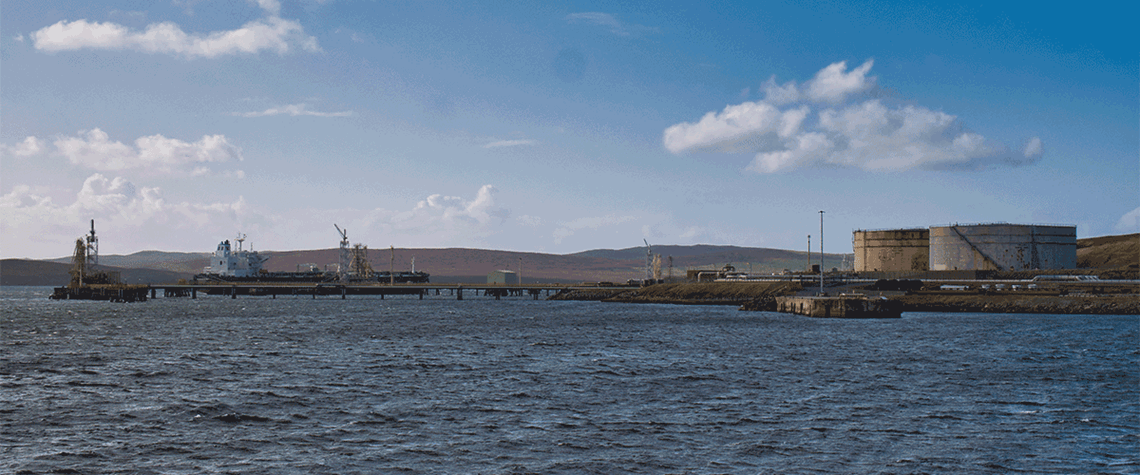Brent without Brent: The role of North Sea oil in global prices
The inclusion of WTI Midland in the Brent benchmark has boosted volumes, but with Brent blend taking a backseat, why not just use WTI as the global benchmark?
Brent blend, the mix of Brent Spar and Ninian crude oil loaded at the Sullom Voe terminal on the Shetland Islands, is slowly disappearing. The terminal is planning to load only one 700,000bl cargo in the whole of September. If it was not for the Clare crude oil that also loads at Sullom Voe, the existence of the terminal—sprawling across more than 1,000 acres—would be hard to justify. But the volume of oil available for the key global Brent benchmark has been significantly bolstered by the introduction of WTI Midland crude, which can easily deliver well over 1m b/d of into the Brent contract. As well as WTI Midland, the contract now consists of four more additional grades: Forties, Oseberg,

Also in this section
24 December 2025
As activity in the US Gulf has stagnated at a lower level, the government is taking steps to encourage fresh exploration and bolster field development work
23 December 2025
The new government has brought stability and security to the country, with the door now open to international investment
23 December 2025
A third wave of LNG supply is coming, and with it a likely oversupply of the fuel by 2028
22 December 2025
Weakening climate resolve in the developed world and rapidly growing demand in developing countries means peak oil is still a long way away








